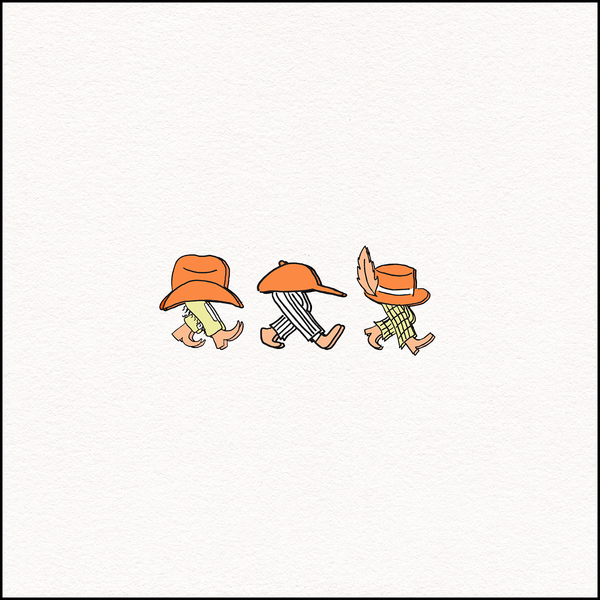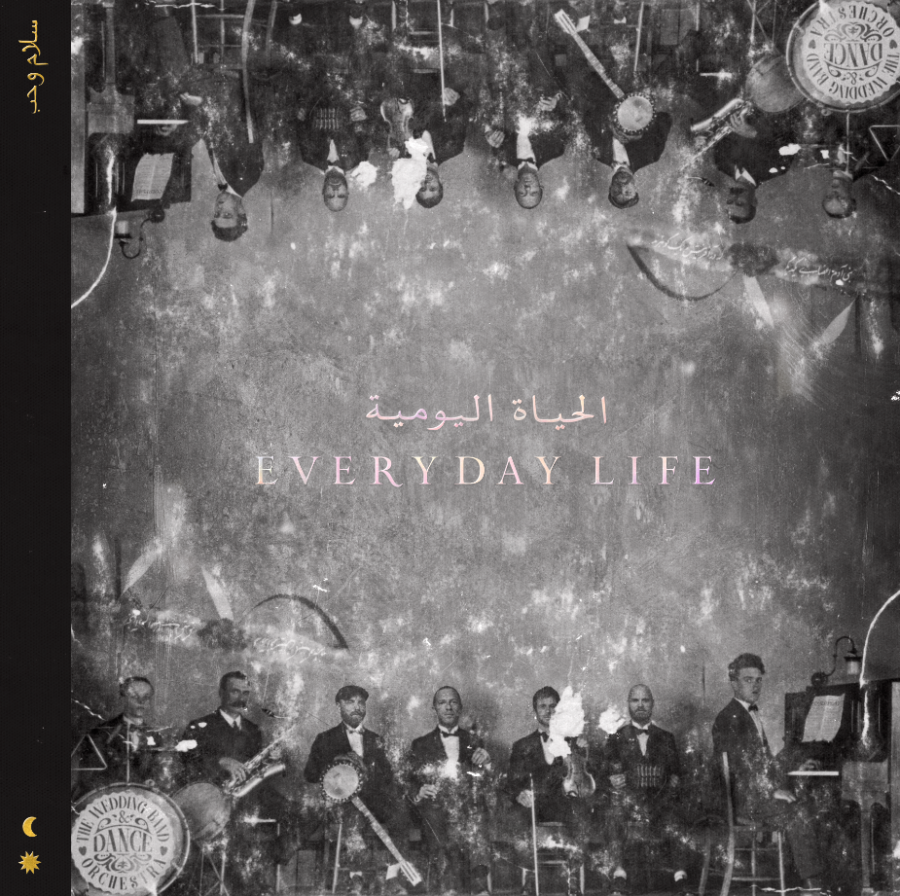Following a yearlong sabbatical from music, the red-headed English guitarist returns with “Divide,” stylized as “÷.” Ed Sheeran, most famous for his tracks “Sing” and “Thinking Out Loud” from his 2014 album “X,” brings us what is arguably 2017’s biggest pop album yet.
Sheeran exercises his vocal chops as usual in songs like “Castle on the Hill” and “Perfect,” which showcase both his falsetto and his lower register. He also tries out some hip-hop and rap techniques on tracks like “Eraser” and “New Man,” revealing a solid sense of rhythm.
The best songs on the album are those that depart from Sheeran’s standard affair of acoustic-fueled love songs. Don’t worry, fans of Sheeran’s ballads: there are plenty of these too, such as “Dive” and “Happier,” and they make good use of his vocal capability. Yet the album is at its strongest when it picks up the tempo and musically experiments. The tracks “Eraser” and “Castle on the Hill” are full of energy and drive, offering a compelling start to the album that flows into the pop sound of “Shape of You,” its lead single. Meanwhile, songs like “Galway Girl” and “Nancy Mulligan” claim a Celtic influence, incorporating flutes and fiddles to create a sound that is not only nostalgic, but — one could argue — timeless. These tracks are fun and embrace a refreshingly lighthearted whimsy.
When the album loses that energy, it starts to drag a bit. Tracks like “Hearts Don’t Break Around Here” and “What Do I Know” fail to stand out. The end of the record, however, picks up the slack, due to the salsa-fueled track “Barcelona” and the upbeat “Bibia Be Ye Ye” — a song that takes influence from the Ghanaian language Twi, with the title translating to “all will be well.”
Thematically, Sheeran uses “÷” as an opportunity for vulnerability. In “Eraser,” he openly discusses his alcohol problem, admitting his dependence on it to “take the sting away.” This track also questions his desire for fame and success, as Sheeran pleads with his father to not “be disappointed in the man that I’ve become.” In “Castle on the Hill,” Sheeran waxes sentimental, sharing a timeline of experiences through which he shed his youthful innocence and eventually grew to adulthood.
Most telling, however, is “Save Myself,” the final track. In it, Sheeran criticizes the self-sacrificial instinct, lamenting a past relationship in which he gave and never took. He acknowledges the power in selflessness, but questions whether it might sometimes be too destructive, singing “before I save someone else, I’ve got to save myself” as piano backs his crisp voice. This take on the significance of self-love is a refreshing and insightful way to wrap up the album.
With “÷,” Sheeran takes some risks musically and lyrically, and the result is a strong return to music. Through experimenting with his style, Sheeran shows new depth in his talent and creates an album that shines in its diversity. Above all, one thing is clear: that sabbatical paid off.












